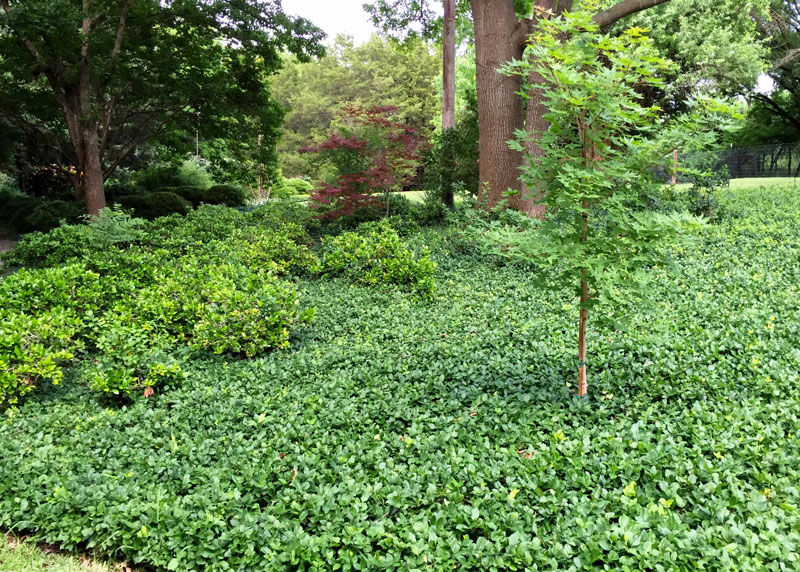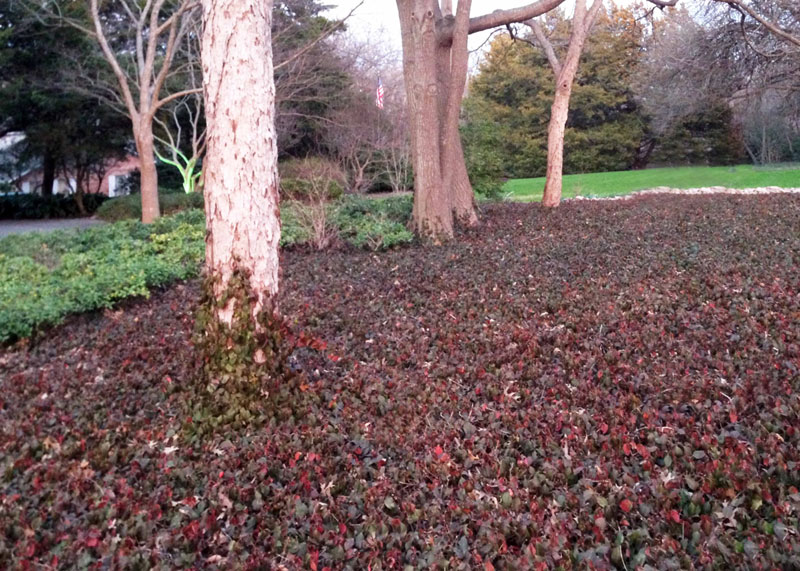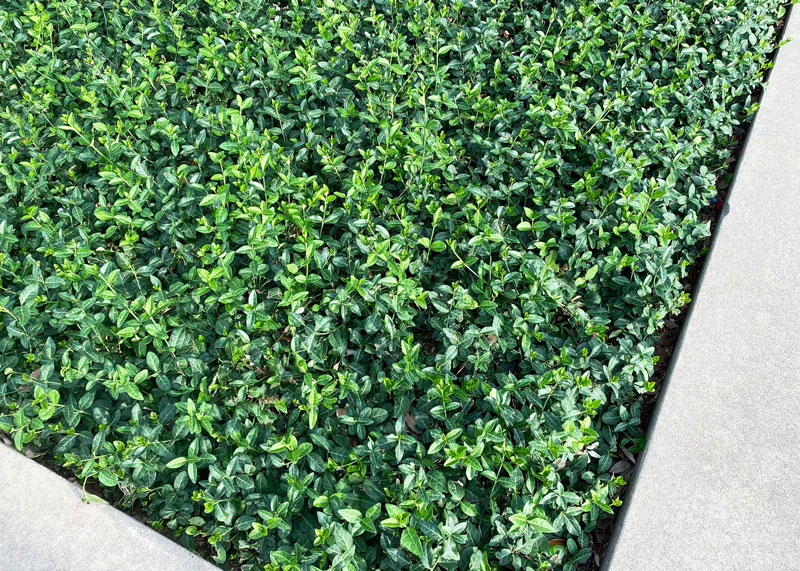Little Garden Tip: Wintercreeper
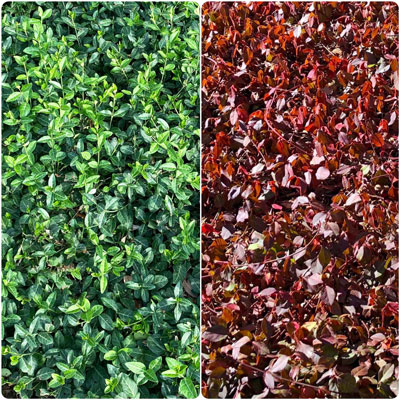
Groundcovers came into their own in the 1960s and 70s. They were the perfect transitions where grass wouldn’t grow, where it was difficult to maintain, or when we just wanted something different to look at.
Top dog among them was a newcomer to Texas called Asian jasmine. It was bright and shiny, and we loved its dark green looks. We still do.
But several winters since the 70s have hit Asian jasmine quite hard. I think back to the extended cold of December/January 1983-84. Pre-Christmas, December 1989. And most recently that awful cold of February 2021. And there have been other lesser blasts that have turned Asian jasmine totally brown.
Through all of those times I’ve had beds of purple wintercreeper euonymus in other parts of my landscape, and it has out-performed the jasmine each time. In fact, I’ve seen it planted in landscapes around the Great Lakes, so we know it can handle the cold. And, I’ve seen it planted in large containers in commercial landscapes in Texas, so it can handle heat just as well.
Wintercreeper derives its name from the fact that its deep green summer color gives way to Aggie maroon over each winter. In the right settings that can be a handsome change in appearance. Botanically it’s Euonymus fortunei ‘Coloratus’.
In growing wintercreeper for almost 50 years I’ve found that it does equally well in full sun all the way down to moderate shade. I do not plant it beneath pecan trees because I have found that the pecan leaves snag on its stems and are difficult to blow out in the fall.
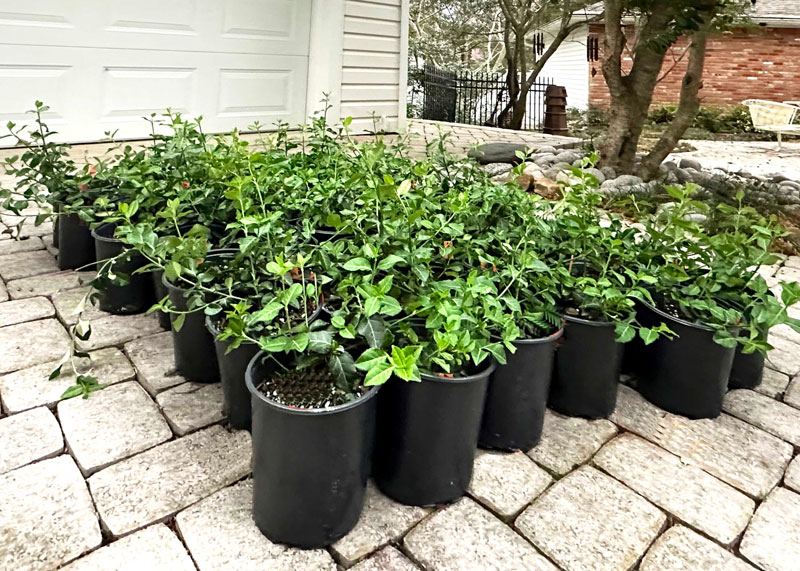
My suggestions in planting…
• Wintercreeper is happy with most garden soils, so I don’t do anything heroic in my bed preparation. I do rototill to blend in a couple of inches of compost or finely ground pine bark mulch, but that’s about it.
• I prefer to buy 1-gallon plants and set them 16 or 18 inches apart checkerboard style. (Closer spacings if the plants are smaller, distant spacings if they’re full.)
• I manually arrange the stems (“runners”) so they will cover the ground in all directions. I’ve never seen them root readily into the soil, so I sometimes have to move them again. When a vigorous new runner grows out onto the turf or across a walk, I’ll pick it up and turn it around back into the bed.
• The first year is spent getting the stems to cover the ground. Very little build-up in height is realized. The second year the plants begin to pile up on top of themselves, and by the third growing season they thicken to make a cover 4 or 5 inches thick. That’s where I prune them to maintain that height for my plantings.
• I use a very high-nitrogen, water-soluble fertilizer for the first growing season. I water my plants with a diluted solution every week or two. I supplement that with an all-nitrogen lawn food with 30 to 40 percent of the N in slow-release form. By the second and successive season my plantings get that latter food (as does my lawn) on the same schedule as my turfgrass.
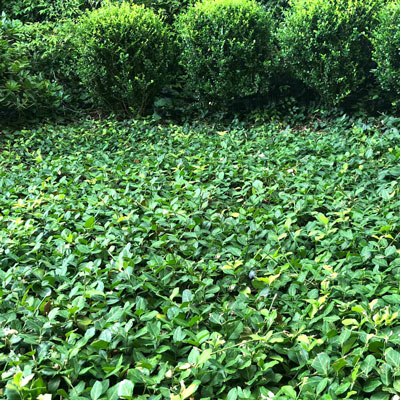
• Purple wintercreeper requires very little ongoing pruning. Two or three times during the summer I will walk through my beds with a line trimmer to maintain it at the 4- to 5-inch height. (I would be doing the same thing for Asian jasmine anyway.)
• It’s been my observation that euonymus scale insects, long the scourge of shrubby forms of euonymus, don’t bother wintercreeper unless it starts to climb tree trunks, particularly in shaded settings. I don’t want it on my trees anyway, so I just trim it off and the insects go with it.
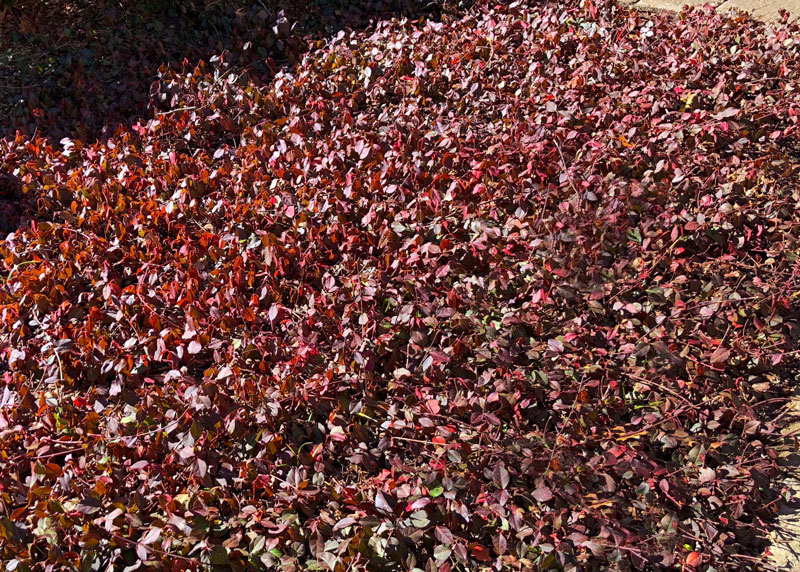
It’s been my personal observation these past three springs that purple wintercreeper euonymus can be hard to find in Texas nurseries. Word has gotten out about how dependable it is as a groundcover. Keep shopping and keep asking for it. It’s worth including in your gardens.

